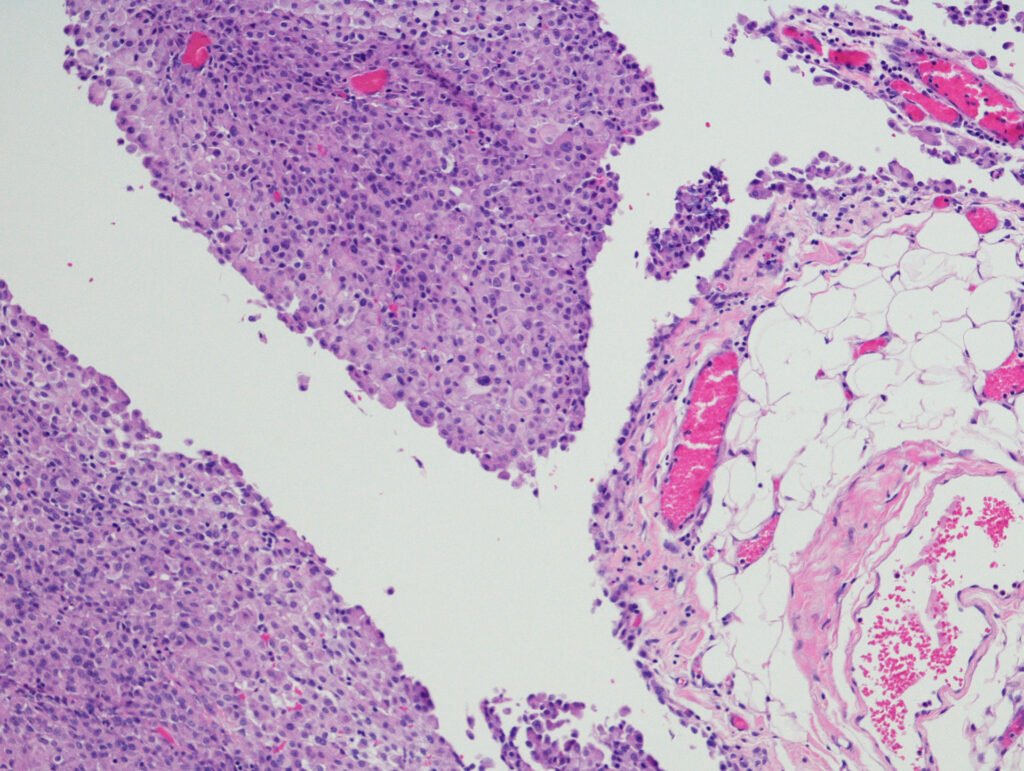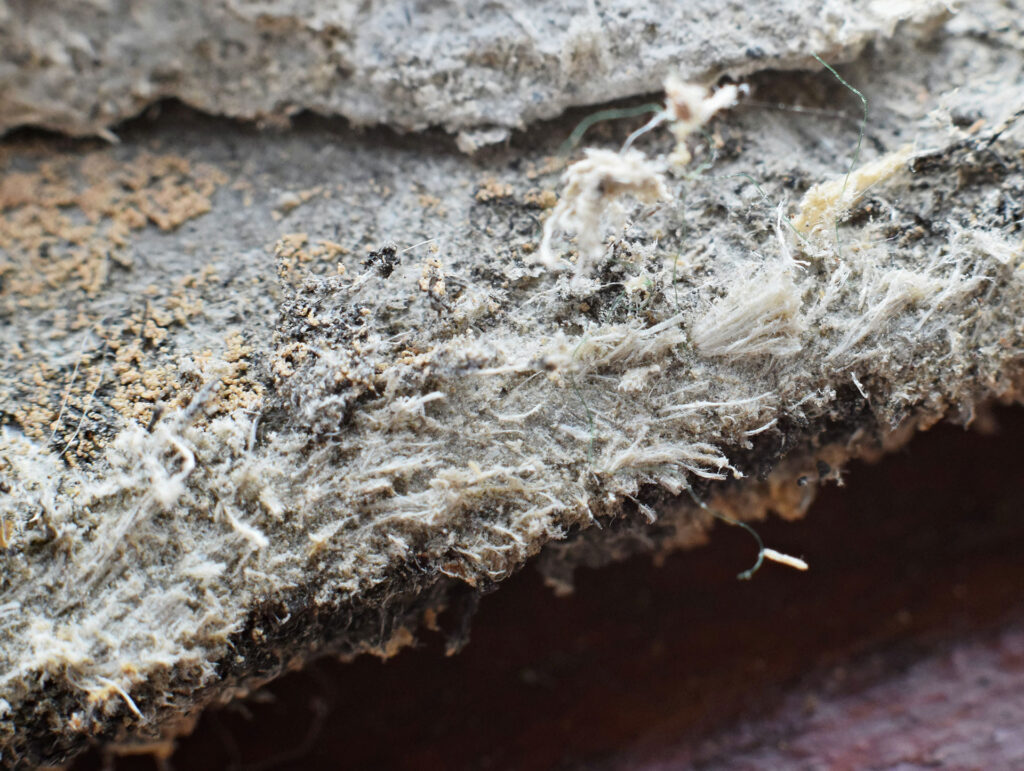When it comes to asbestos safety, the material’s nature is important to consider. Asbestos is a friable material, which means that it is easily turned into dust. This increases the likelihood of a person inhaling asbestos fibers or collecting the dust on their shoes or clothing, which can then be tracked into the home. This month, we spoke with Dave Rose, a Safety and Security Manager, about asbestos abatement.
I transitioned into a Safety role after having worked in the production side of the business for many years. I felt that I could utilize my work experience to help foster and implement a safe work environment after having performed many of the tasks within the facility. This gave me some insight into how to help implement safe work practices that are functional in the workplace.
When I first transitioned into the Safety role, I attended many training opportunities to gain knowledge and certifications for the variety of requirements within the role. I continue to train and re-certify on many topics, as there are constant changes and updates within the Safety Profession.
Any true abatement professional will have training and certifications for the work they do. These requirements are in place to protect the people performing the work and those that might be affected within the surrounding areas near where the abatement is taking place. Proper isolation and handling of asbestos during the removal process or repairs being made are key to a successful abatement.
If left undisturbed, asbestos is usually not a threat. However, any asbestos materials can be hazardous if there is damage to the tiles, shingles, or insulation that would allow the particles to become airborne. If this is the case, it would be advisable to contact a certified professional to perform an assessment.
Houses built prior to 2000 can have asbestos in roofing or siding shingles, pipe insulation, or floor tiles, to name a few. You can even find asbestos in vehicle brake shoes and clutch pads. When in doubt, have anything that is questionable tested to ensure proper awareness and handling.
If you are comfortable and knowledgeable about the process, you can purchase an at-home asbestos test kit that could help to identify asbestos, but if you don’t feel comfortable, you should hire a professional to ensure correct identification. These professionals should be trained on sampling methods without risking exposure to themselves or to the residents.
You can expect a trained and licensed professional to be very knowledgeable in the identification process and the removal of any asbestos material. They should be able to guide you through the decision-making process regarding how to identify the asbestos and, if necessary, how to remove it safely.



